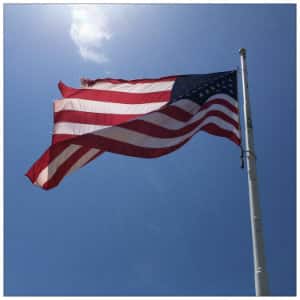 In just a few days we will be observing Veteran’s Day, happening Saturday, November 11, 2017. It is a day to thank and honor military personnel who served the United States in all wars, particularly living veterans. We are remembering the anniversary of the signing of the armistice, which ended the WWI battle between Germany and the Allied Nations. For guests who not only would love to do something special to celebrate this special day but also have a love for history, we encourage you to visit the National Purple Heart Hall of Honor.
In just a few days we will be observing Veteran’s Day, happening Saturday, November 11, 2017. It is a day to thank and honor military personnel who served the United States in all wars, particularly living veterans. We are remembering the anniversary of the signing of the armistice, which ended the WWI battle between Germany and the Allied Nations. For guests who not only would love to do something special to celebrate this special day but also have a love for history, we encourage you to visit the National Purple Heart Hall of Honor.
Located in New Windsor, just 10 minutes away from our bed and breakfast, The National Purple Heart Hall of Honor is a fascinating 7500 square foot facility. This Hall of Honor exists to commemorate the extraordinary sacrifices of servicemen and servicewomen from all branches of service who were killed or wounded by enemy action. The mission of this incredible place is to collect and preserve the stories of those who were Purple Heart recipients—so generation after generation can continue to know of and learn about the history behind these people that defended our country with amazing honor and courage.
You will enjoy walking through a military journey that will remind you of the cost of freedom and the sacrifice required to get us where we are today. There is a computer database where you can search and view the stories of Purple Heart recipients. The many exhibits showcase all branches of service and show many artifacts, personal stories and video presentations. The displays are fascinating and the grounds are beautiful to walk around. The staff on hand is friendly and very knowledgeable if you have any questions. There is also a gift shop for the avid history buff to find some memorabilia for his or her collection.
There are thousands of people who walk through this Hall of Honor every year—it really is a must see the next time you are staying with us. It’s a great place to bring the whole family to ensure the younger generation keeps history alive! All of us at the Caldwell House want to personally thank each and every veteran who so bravely fought and every soldier currently fighting for the freedoms we get to enjoy here in our beautiful country.




